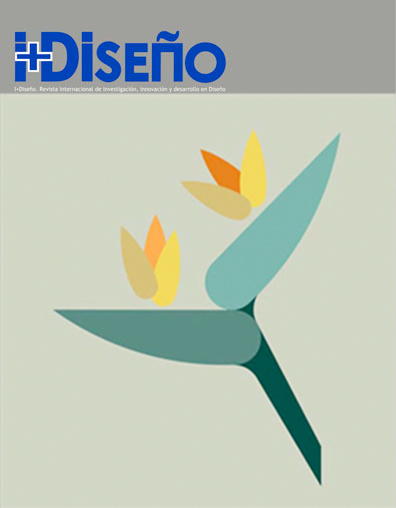"Disegno" in the 16th and 17th centuries
DOI:
https://doi.org/10.24310/Idiseno.2010.v2i.12695Keywords:
disegno, Vasari, history of design, design as a concept, RenaissanceAbstract
One of the most complex concepts in Renaissance and Baroque artistic vocabulary is that of disegno. Like so many other terms, its original formulation is attributed to the painter, architect, town planner and theorist Giorgio Vasari, fi the follower of Michelangelo and the first art historian with his work Le Vite de’ più eccellenti Architetti, Pittori et Scultori italiani da Cimabue insino à tempi nostri descritte in lingua Toscana da Giorgio Vasari pittore Artetino...
The greatest Vasarian originality in the theoretical field of the system of the arts is the development of the concept of the arti del disegno, which points out the kinship between the three visual arts by means of a common origin, and in practice. Vasari's essential appreciation of design culminated in the creation of the Accademia del Disegno in Florence in the service of the Grand Duke Cosimo I de' Medici.
Downloads
Metrics
Publication Facts
Reviewer profiles N/A
Author statements
Indexed in
-
—
- Academic society
- N/A
- Publisher
- Universidad de Málaga
Downloads
Published
How to Cite
Issue
Section
License
Aquellos autores/as que tengan publicaciones con esta revista, aceptan los términos siguientes:- Los autores/as conservarán sus derechos de autor y garantizarán a la revista el derecho de primera publicación de su obra, el cuál estará simultáneamente sujeto a la Licencia de reconocimiento de Creative Commons que permite a terceros compartir la obra siempre que se indique su autor y su primera publicación esta revista.
- Los autores/as podrán adoptar otros acuerdos de licencia no exclusiva de distribución de la versión de la obra publicada (p. ej.: depositarla en un archivo telemático institucional o publicarla en un volumen monográfico) siempre que se indique la publicación inicial en esta revista.
- Se permite y recomienda a los autores/as difundir su obra a través de Internet (p. ej.: en archivos telemáticos institucionales o en su página web) antes y durante el proceso de envío, lo cual puede producir intercambios interesantes y aumentar las citas de la obra publicada. (Véase El efecto del acceso abierto).








14.png)



